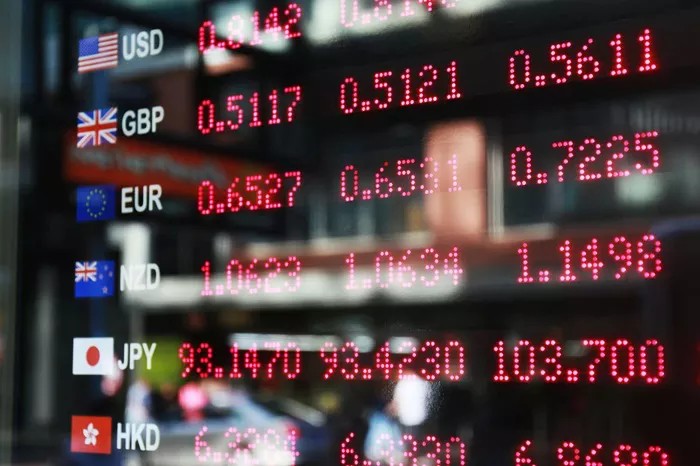China’s recent commitment of up to $340 billion to revitalize its struggling equity markets has sparked comparisons to previous attempts—both domestically and in Japan—that ultimately fell short of fostering sustained economic growth. This significant funding initiative is part of a broader stimulus package announced by Pan Gongsheng, Governor of the People’s Bank of China (PBOC), and other senior officials on Tuesday. The overarching aim is to counteract declining household wealth and address the challenges posed by an ongoing housing crisis, deflation, and weak consumer demand.
Reflecting on Japan’s experiences, where the central bank’s exchange-traded fund purchases failed to achieve lasting economic reflation, experts suggest that China faces an uphill battle.
“While China’s easing measures may yield some short-term benefits, they will merely serve as a temporary fix,” stated Shigeto Nagai, head of Japan research at Oxford Economics and a former chief at the Bank of Japan’s international department. He added, “The Bank of Japan’s ETF purchases were effective for mitigating short-term market shocks but are not a viable long-term strategy for stimulating inflation.”
The PBOC’s initial round of financing is set at 800 billion yuan (approximately $114 billion), with the possibility of doubling or tripling the amount based on demand, as indicated by Pan. The central bank is also exploring the establishment of a “stabilization fund” to bolster market confidence.
Following the announcement, investors responded positively, pushing onshore stocks up by 6%. Analysts from HSBC Holdings Plc labeled the measures a potential “game changer,” asserting that these “unprecedented efforts to inject liquidity into the stock market” could help stabilize the market and pave the way for a rebound later in the year.
However, this initial allocation of 800 billion yuan is only slightly above the average daily trading volume of Class A shares this year, according to Bloomberg calculations. This new funding will supplement ongoing purchases by government entities, including the Central Huijin Investment Ltd., which has been actively buying stock ETFs since October.
According to Bloomberg Intelligence, Huijin has already acquired more than $90 billion in ETFs this year and is projected to exceed $110 billion by year’s end. Following the announcement, China’s benchmark CSI 300 Index opened largely flat on Thursday after significantly paring its previous gains.
“These measures should bolster investor sentiment and liquidity, leading to positive reactions in both onshore and offshore markets in the short term,” noted Laura Wang, chief China equity strategist at Morgan Stanley. However, she cautioned that “the extent and sustainability of any rebound will depend on a successful exit from deflation and a turnaround in corporate earnings growth.”
This latest initiative builds on China’s longstanding tradition of intervening in its capital markets, although the PBOC’s precise role in these interventions has often been ambiguous. For instance, the rescue effort following the stock crash of 2005 was primarily managed by the China Securities Regulatory Commission. A decade later, when the central bank attempted to devalue the yuan, it led to currency depreciation, capital flight, and further stock market declines.
During that period, the central government also supported the market through entities like China Securities Finance Corp., along with other state-backed institutions collectively referred to as the “National Team.” They spent trillions of yuan, with some funds sourced from the central bank and commercial lenders. While it was reported that the PBOC provided some funding, the specific amounts were never disclosed.
Analysts at Barclays Plc, led by Kaanhari Singh, remarked, “This is a significant development reminiscent of the 2015 strategy, as leveraging the PBOC’s balance sheet suggests substantial resources are available. However, a sustainable rebound in the stock market will depend on households reallocating their savings back into equities.”
Despite these efforts, China has seen little return from previous initiatives, with the Shanghai and Shenzhen stock indices down nearly 30% from their mid-2015 highs. While a more interventionist state policy might help cushion against panic selling in the short term, the fundamental drivers of market performance—corporate earnings and household investment trends—remain crucial, particularly in a market predominantly influenced by retail investors.
Related topics:


